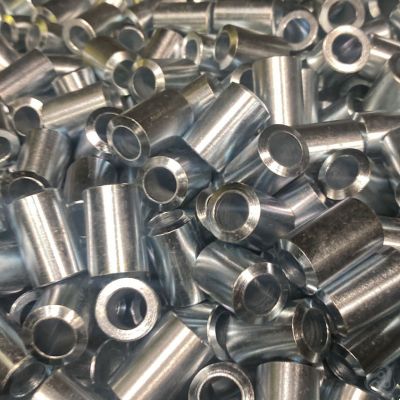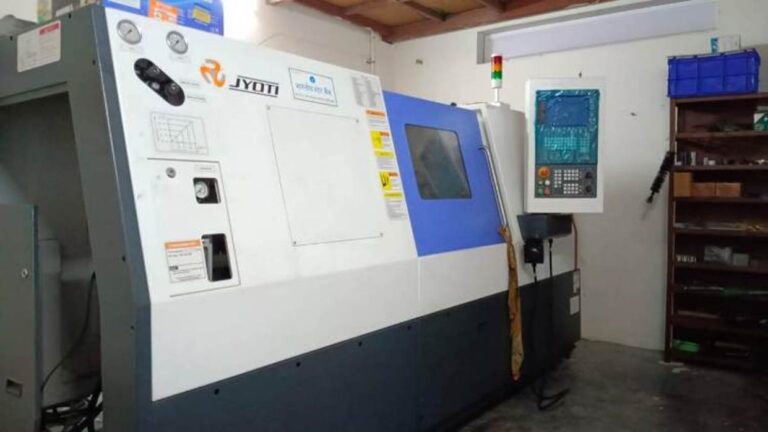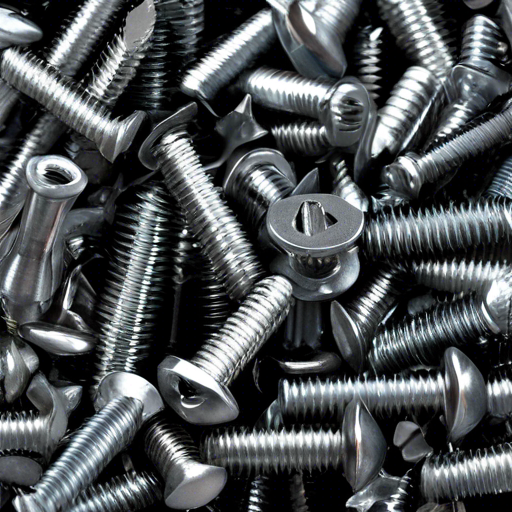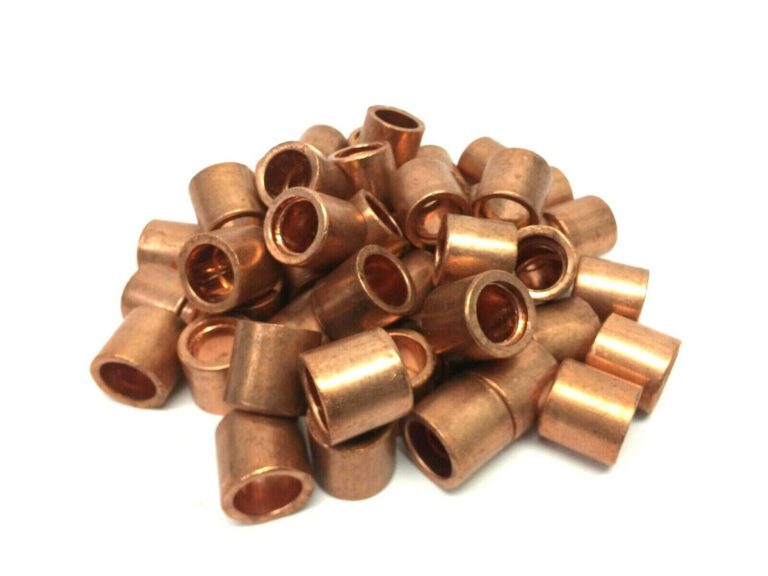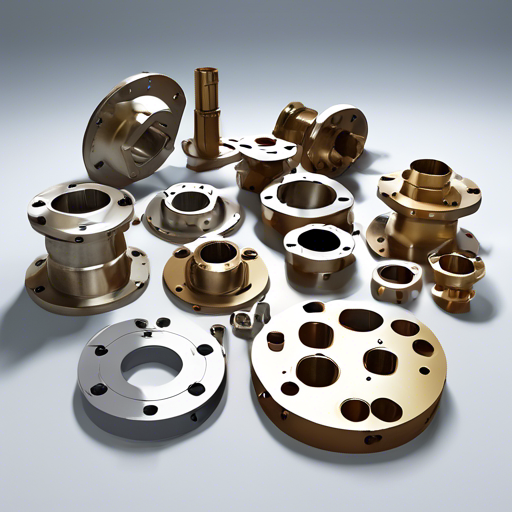Industrial Shafts
Industrial shafts are the unsung heroes of machinery, silently facilitating the rotation and power transmission essential for various industrial processes. In this comprehensive article, we delve into the intricacies of industrial shaft manufacturing, exploring types, materials, processes, and the critical role they play across diverse industries.
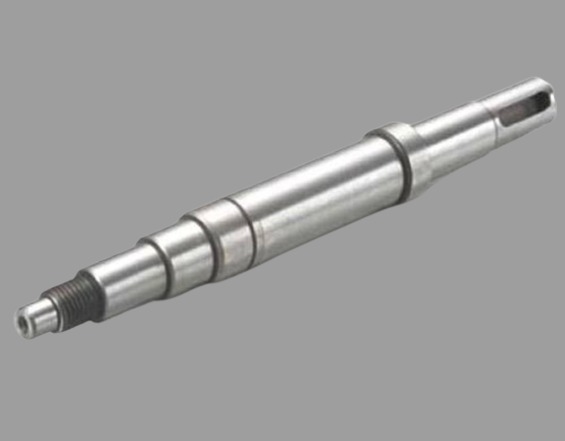
Capacity : 10-150 mm OD and 20-400 mm Long
Accuracy : ± 0.01 mm
MOC : Stainless Steel, Alloy Steel, Mild Steel, Bronze, Gun Metal etc.
I. Introduction
A. Definition of Industrial Shafts
Industrial shafts are mechanical components designed to transmit power between rotating parts. They form the backbone of machinery, ensuring seamless operation and functionality.
B. Importance of Quality Industrial Shafts
The performance of any machine heavily relies on the quality of its components. High-quality industrial shafts contribute to the efficiency, durability, and overall success of industrial processes.
II. Types of Industrial Shafts
A. Straight Shafts
1. Features and Applications
Straight shafts, characterized by their simplicity, find applications in various industries, from manufacturing to energy production.
B. Stepped Shafts
1. Design and Functionality
Stepped shafts showcase a unique design, offering advantages in terms of load distribution and torque transmission.
C. Crankshafts
1. Automotive and Machinery Applications
Crankshafts, prevalent in automotive engines, translate linear motion into rotational motion, highlighting their significance in machinery.
D. Eccentric Shafts
1. Specialized Uses in Engineering
Eccentric shafts, with their off-center design, play a crucial role in specific engineering applications, showcasing the versatility of industrial shafts.
III. Materials Used in Industrial Shafts
A. Alloy Steel
1. Strengths and Limitations
Alloy steel, known for its robustness, provides excellent strength but comes with certain limitations that engineers must consider.
B. Stainless Steel
1. Corrosion Resistance
Stainless steel emerges as a preferred choice for industrial shafts due to its corrosion-resistant properties, making it ideal for diverse environments.
C. Carbon Steel
1. Cost-Effectiveness and Applications
Carbon steel strikes a balance between strength and cost-effectiveness, finding applications in industries with specific budget constraints.
IV. Manufacturing Processes
A. Forging
1. Impact on Shaft Strength
Forging, a crucial manufacturing process, enhances the strength and structural integrity of industrial shafts.
B. Machining
1. Precision and Tolerance Considerations
Machining processes play a pivotal role in achieving the required precision and tolerances for industrial shafts.
C. Heat Treatment
1. Enhancing Material Properties
Heat treatment processes contribute significantly to improving the material properties of industrial shafts, ensuring optimal performance.
V. Quality Control Measures
A. Non-Destructive Testing
1. Ultrasonic Testing
Non-destructive testing methods, such as ultrasonic testing, play a vital role in identifying potential flaws without compromising the integrity of the shaft.
B. Dimensional Inspection
1. Ensuring Accuracy
Dimensional inspection processes guarantee that industrial shafts meet the specified dimensions, crucial for their seamless integration into machinery.
C. Surface Finish Evaluation
1. Impact on Performance
The surface finish of industrial shafts directly affects their performance, making surface finish evaluation a critical quality control measure.
VI. Customization Options
A. Tailored Lengths and Diameters
1. Meeting Specific Industry Requirements
Manufacturers offer customization options to meet the unique length and diameter requirements of different industries.
B. Coating and Finishing Choices
1. Corrosion Resistance and Aesthetics
Different coating and finishing choices not only enhance the aesthetics of industrial shafts but also protect them from corrosion, extending their lifespan.
VII. Industry Applications
A. Aerospace
1. Precision Requirements
In the aerospace industry, where precision is paramount, industrial shafts play a critical role in ensuring the smooth operation of various components.
B. Automotive
1. Durability and Performance
Automotive applications demand durable and high-performance industrial shafts to withstand the rigors of engine and drivetrain operations.
C. Heavy Machinery
1. Load-Bearing Capabilities
Industrial shafts in heavy machinery must exhibit exceptional load-bearing capabilities to endure the demands of heavy-duty operations.
VIII. Advancements in Industrial Shaft Technology
A. Smart Shafts
1. Integration of Sensor Technologies
Smart shafts, incorporating sensor technologies, enable real-time monitoring and data collection, revolutionizing predictive maintenance strategies.
B. Nanotechnology in Shaft Manufacturing
1. Microscopic Enhancements
The integration of nanotechnology in shaft manufacturing introduces microscopic enhancements, further improving the mechanical properties of industrial shafts.
IX. Environmental Considerations
A. Sustainable Materials
1. Impact on Carbon Footprint
The use of sustainable materials in industrial shaft manufacturing contributes to reducing the overall carbon footprint of industries.
B. Recycling of Industrial Shafts
1. Promoting Circular Economy
Efforts towards recycling industrial shafts promote a circular economy, reducing waste and conserving resources.
X. Challenges in Industrial Shaft Manufacturing
A. Precision Demands
1. Tolerances in Micrometers
Meeting micrometer-level tolerances poses a significant challenge in industrial shaft manufacturing, requiring advanced machining and quality control processes.
B. Cost Pressures
1. Balancing Quality and Affordability
Manufacturers face the ongoing challenge of balancing the quality of industrial shafts with cost considerations to remain competitive in the market.
XI. Case Studies
A. Success Stories in Industrial Shaft Manufacturing
1. Real-World Applications
Explore real-world success stories where industrial shaft manufacturers have overcome challenges and delivered outstanding solutions for various applications.
XII. Future Trends
A. 3D Printing of Industrial Shafts
1. Implications for Customization
The advent of 3D printing introduces new possibilities for customization in industrial shaft manufacturing, allowing for intricate designs and shapes.
B. Integration of Artificial Intelligence
1. Predictive Maintenance in Industrial Settings
Artificial Intelligence is revolutionizing industrial maintenance, with predictive algorithms ensuring optimal performance and reducing downtime.
XIII. Global Market Overview
A. Major Players
1. Market Leaders and Innovators
Explore the key players and innovators in the global industrial shaft manufacturing market, driving advancements and setting industry standards.
B. Regional Trends
1. Variances in Demand and Supply
Analyze regional trends in industrial shaft demand and supply, understanding how different markets contribute to the global landscape.
XIV. Regulations and Standards
A. Industry Compliance
1. Ensuring Safety and Quality
Examine the regulatory landscape that governs industrial shaft manufacturing, ensuring adherence to safety and quality standards.
B. International Standards
1. Harmonizing Practices Globally
The harmonization of international standards plays a crucial role in facilitating global trade and ensuring consistent quality in industrial shafts.
XV. Conclusion
A. Recap of Key Points
Summarize the key points discussed, emphasizing the critical role industrial shafts play in various industries and their evolving landscape.
B. Future Prospects in Industrial Shaft Manufacturing
Conclude with insights into the future prospects of industrial shaft manufacturing, highlighting emerging technologies and trends that will shape the industry.

